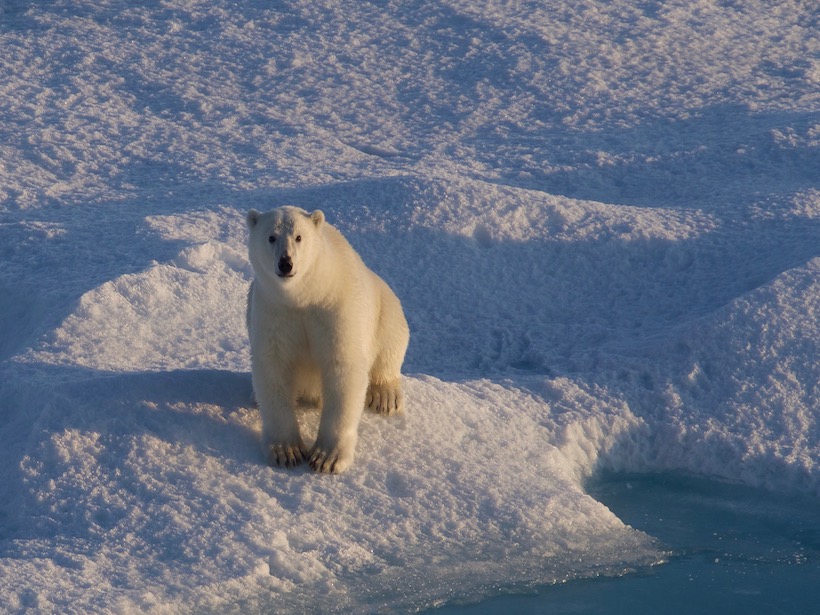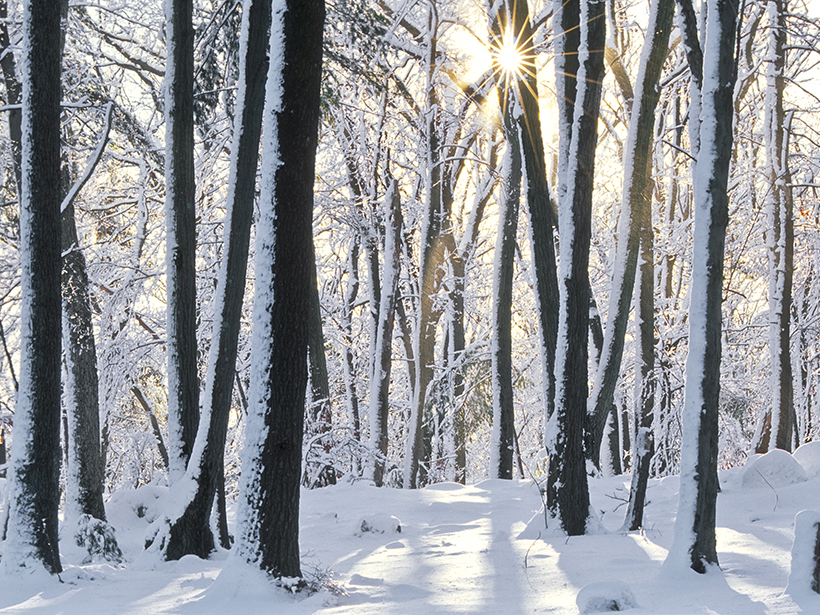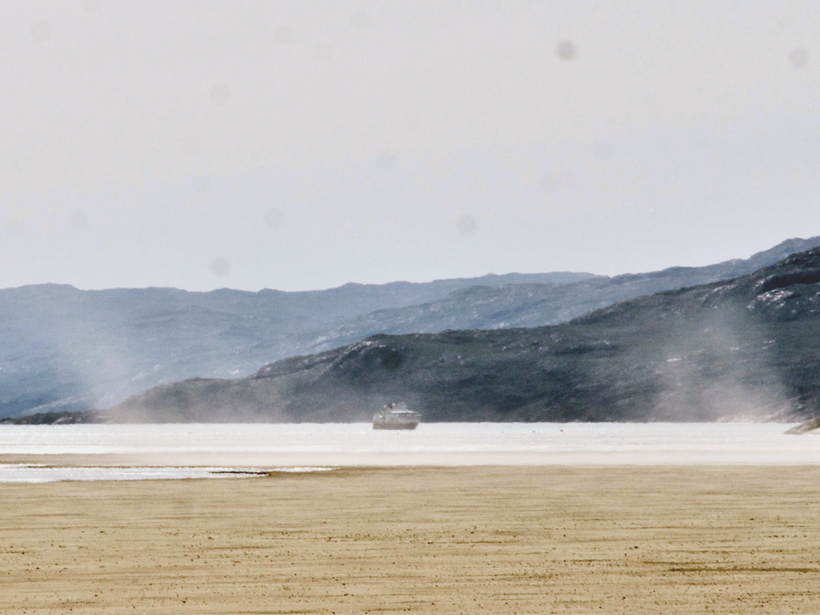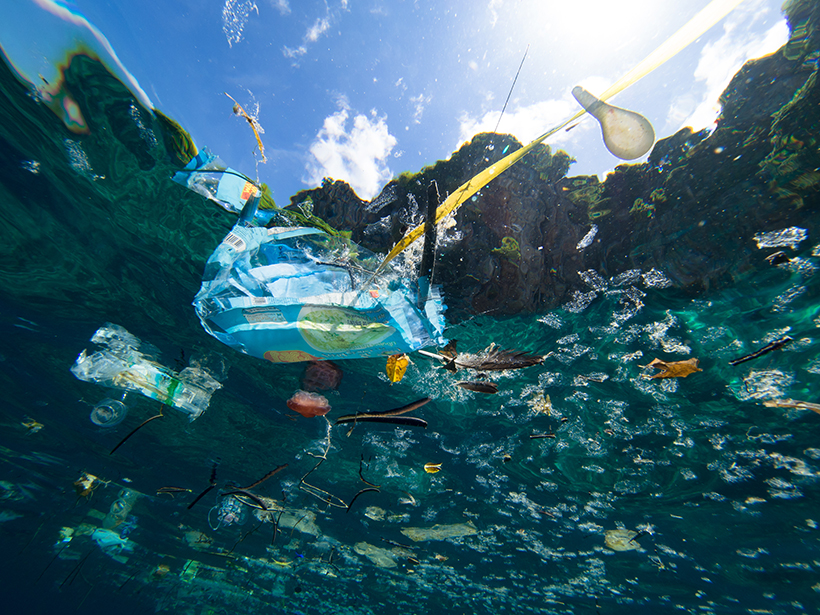Great Slave Lake’s huge cold water mass shielded it from impacts of the rapidly warming climate—until now.
Cheryl Katz
Cheryl Katz is an independent science journalist with a special interest in the Arctic. She has traveled and reported extensively from the High North, including Greenland, the Norwegian Arctic, and Iceland, since 2010. Prior to that, she was a staff writer covering science for the Miami Herald, the Minneapolis Star-Tribune, and other daily newspapers. She has a master’s degree in journalism with an emphasis on science communications from the University of Minnesota and an undergraduate degree in biology and chemistry from Grinnell College. Her bylines have appeared in Yale Environment 360, National Geographic, Scientific American, and Hakai Magazine, among others.
Glacial Lakes Can Unleash Deadly Deluges. How Risky Are They?
Breaches in glacial lake dams threaten millions around the world, and scientists are investigating how climate change might affect that risk.
Polar Bears to Vanish from Most of the Arctic This Century
A “timelines of risk” model shows when and where population collapse begins as sea ice wanes in our warming future.
Urban Heat Islands Are Warming the Arctic
Even in the remote high latitudes, a new satellite study sees rising temperatures and spreading green belts around cities, with big impacts on soils and ecosystems.
New England Winters Are “Losing the Cold”
As extreme cold days wane, the northeastern United States has experienced an increase in mud days.
Abrupt Arctic Climate Shifts Trigger Rapid Ecosystem Responses
New research finds that the Greenland environment is highly sensitive to recent warming trends.
The Many Unknown Facets of Plastics in Ecosystems
Few studies have examined lakes or wide swaths of ocean areas, leaving critical data gaps in how plastic pollution affects wildlife and moves across food webs.







